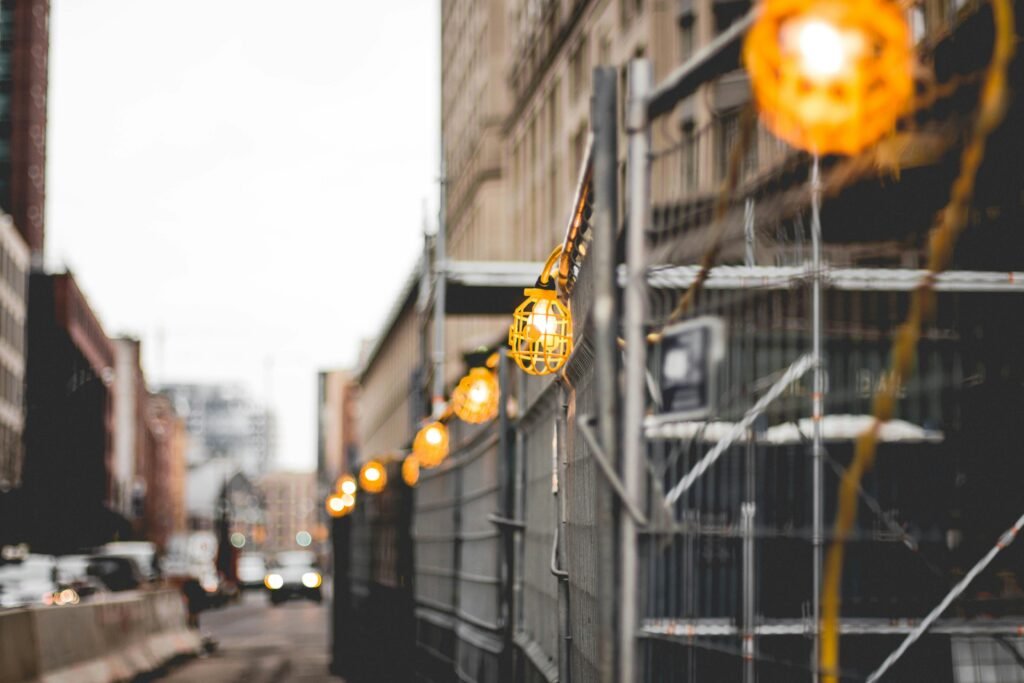They say, “Old is gold,” and nowhere is this more evident than in the historic buildings of Kenya. Renovating these architectural gems not only breathes new life into them but also preserves the rich cultural heritage they represent. By taking on the task of restoring Kenya’s historic structures, you can contribute to the conservation of the past while creating a vibrant future. However, this endeavor is not without its challenges. From limited resources to striking a balance between authenticity and modernization, there are hurdles to overcome. Yet, through careful planning and dedication, the rewards are immense. As Kenya’s tourism industry continues to grow, the potential for historic building tourism is promising. So, join the efforts in renovating historic buildings in Kenya and be a part of safeguarding the nation’s cultural legacy.
Key Takeaways
- Renovating historic buildings in Kenya preserves cultural heritage and maintains historical authenticity.
- The renovation of historic buildings in Kenya enhances tourism potential and boosts the local economy.
- Renovated historic buildings in Kenya promote community pride and appeal to younger generations.
- Strategies for effective renovation include thorough research and documentation, collaboration with experts, and engagement of local communities.

Importance of Historic Building Renovation
Why is renovating historic buildings in Kenya important for you? Renovating historic buildings in Kenya is not only important for preserving cultural heritage but also for the economic benefits and community engagement it brings. When historic buildings are restored, they become valuable assets that attract tourists and stimulate local economies. These buildings can be transformed into hotels, restaurants, or cultural centers, generating income and job opportunities for the community. Additionally, renovating historic buildings encourages community engagement by involving local residents in the restoration process. This engagement fosters a sense of pride and ownership, strengthening the social fabric of the community. It also provides an opportunity for skills development and knowledge transfer, as traditional building techniques are passed down to future generations. Furthermore, restoring historic buildings can contribute to sustainable development by promoting the use of local materials and traditional construction practices. By revitalizing these structures, we not only preserve our past but also create a vibrant and prosperous future for Kenya. However, there are several challenges that arise when restoring Kenya’s historic structures.
Challenges in Restoring Kenya’s Historic Structures
Restoring Kenya’s historic structures can present various challenges that need to be overcome. One of the main challenges is community engagement. In order to successfully restore historic buildings, it is crucial to involve the local community in the process. However, this can be difficult as the community may have different priorities and interests. Building trust and fostering a sense of ownership among the community members is essential for the success of the restoration project.
Another challenge is finding funding sources. Restoration projects require significant financial resources, which can be difficult to secure. Traditional funding sources such as government grants and private donations may not always be readily available. This is especially true in developing countries like Kenya, where resources are often limited. Therefore, it is important to explore alternative funding options such as corporate sponsorships, crowdfunding, and partnerships with non-profit organizations.
Furthermore, the unique architectural and historical value of Kenya’s historic structures can pose challenges during restoration. It is crucial to strike a balance between preserving the original character of the building and making necessary updates to meet modern safety and accessibility standards. This requires careful planning, research, and expertise from architects and conservationists.
Preserving Cultural Heritage Through Renovation
To preserve Kenya’s cultural heritage through renovation, you need to prioritize the careful restoration and maintenance of historic buildings. Preservation techniques play a crucial role in ensuring that these buildings retain their historical significance and architectural integrity. When renovating, it is important to use materials and methods that are consistent with the original construction, such as traditional building techniques and locally sourced materials. This helps to maintain the authenticity of the structure and its connection to the local culture.
Community involvement is also essential in the preservation of cultural heritage through renovation. Engaging the local community in the restoration process not only fosters a sense of ownership and pride but also ensures that their knowledge and skills are passed down to future generations. By involving local craftsmen and artisans, the project becomes a collaborative effort that celebrates the community’s cultural heritage.
In addition, community engagement can help raise awareness about the importance of preserving historic buildings and the role they play in shaping the identity of a place. This can be achieved through educational programs, workshops, and public events that highlight the historical and cultural significance of these structures. By creating a sense of appreciation and understanding among the community, we can ensure the long-term preservation of Kenya’s cultural heritage.
Balancing Authenticity and Modernization in Restoration
When renovating historic buildings in Kenya, it is important to strike a balance between authenticity and modernization. The preservation of authenticity is crucial to maintain the cultural and historical significance of these buildings, while modernization is necessary to meet the needs of contemporary users. Here are four key considerations when balancing authenticity and modernization in restoration:
- Authenticity preservation: It is essential to retain the original character of the building, including its architectural features, materials, and craftsmanship. This can be achieved through careful documentation and analysis of the building’s history and design.
- Architectural design: When making modern updates, architects and designers should strive to create a harmonious blend of old and new. This involves respecting the building’s original design principles and incorporating modern elements that complement its historic character.
- Sustainable solutions: Modernization should prioritize sustainable practices, such as energy-efficient systems and materials that minimize environmental impact. This not only preserves the authenticity of the building but also ensures its long-term viability.
- Community engagement: Involving local communities in the restoration process fosters a sense of ownership and pride. Their input can help strike a balance between preserving authenticity and meeting the needs of the community.
Future Prospects for Historic Building Tourism in Kenya
To ensure the long-term sustainability and economic viability of historic building tourism in Kenya, it is crucial to consider the future prospects of attracting visitors and maintaining their interest. Sustainable tourism plays a vital role in the overall economic growth of a country, and Kenya has recognized the potential of its historic buildings in driving tourism revenue.
Historic building tourism in Kenya has seen significant growth in recent years, with tourists from all over the world flocking to experience the rich cultural heritage that these buildings offer. The government has been actively promoting the restoration and preservation of these landmarks to enhance their appeal and ensure their long-term sustainability.
The future prospects for historic building tourism in Kenya are promising. The country has a diverse range of architectural styles, from Swahili coastal structures to colonial-era buildings, offering a unique and immersive experience for tourists. By investing in infrastructure and improving accessibility to these sites, Kenya can attract more visitors and boost economic growth.
Additionally, the integration of technology, such as virtual reality tours and interactive exhibits, can enhance the visitor experience and maintain their interest. This innovative approach can attract a wider audience, including younger generations who are increasingly interested in blending history with technology.

Frequently Asked Questions
What Are the Specific Steps Involved in Renovating a Historic Building in Kenya?
When renovating a historic building in Kenya, you must consider the unique challenges faced. The process involves assessing the structure, obtaining necessary permits, preserving historical elements, and addressing any structural issues.
How Does the Government of Kenya Support the Restoration of Historic Structures in the Country?
The government of Kenya supports the restoration of historic structures in the country through various initiatives and funding sources. These include providing grants, tax incentives, and partnering with international organizations to preserve and maintain Kenya’s rich architectural heritage.
What Are the Economic Benefits of Renovating Historic Buildings in Kenya?
Renovating historic buildings in Kenya brings economic benefits through increased tourism and the preservation of cultural heritage. By attracting visitors, these buildings contribute to local economies and create jobs, while also celebrating the country’s rich history and traditions.
Are There Any Specific Guidelines or Regulations That Need to Be Followed When Restoring a Historic Building in Kenya?
When restoring a historic building in Kenya, it is crucial to follow specific guidelines and preservation regulations. These guidelines ensure that the building’s historical integrity is maintained and that the restoration process is carried out in a responsible and authentic manner.
What Are Some Successful Examples of Historic Building Renovation Projects in Kenya?
There are several successful examples of historic building renovation projects in Kenya. These projects have faced various challenges, but through careful planning and execution, they have been able to restore and preserve the country’s rich architectural heritage.
Conclusion
Preserve the rich heritage of Kenya by renovating historic buildings with care and expertise. At Cramer Rao Construction Ltd, we specialize in restoring and revitalizing these unique structures while maintaining their architectural integrity. Our dedicated team understands the challenges of historic renovations and employs innovative techniques to breathe new life into your projects. Join us in celebrating Kenya’s history while enhancing community spaces. Contact us today to learn how we can collaborate on your next historic renovation project and make a lasting impact.


